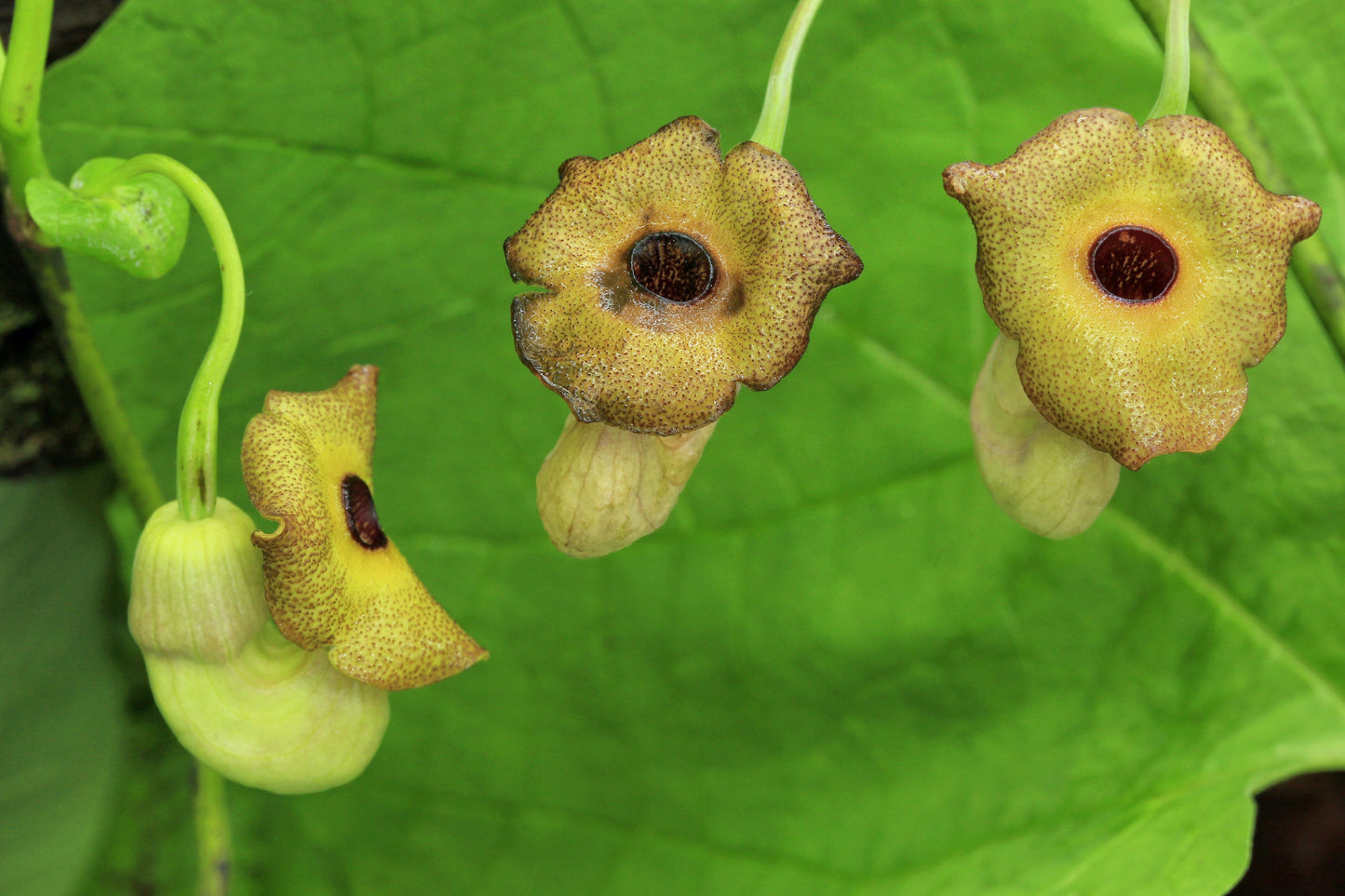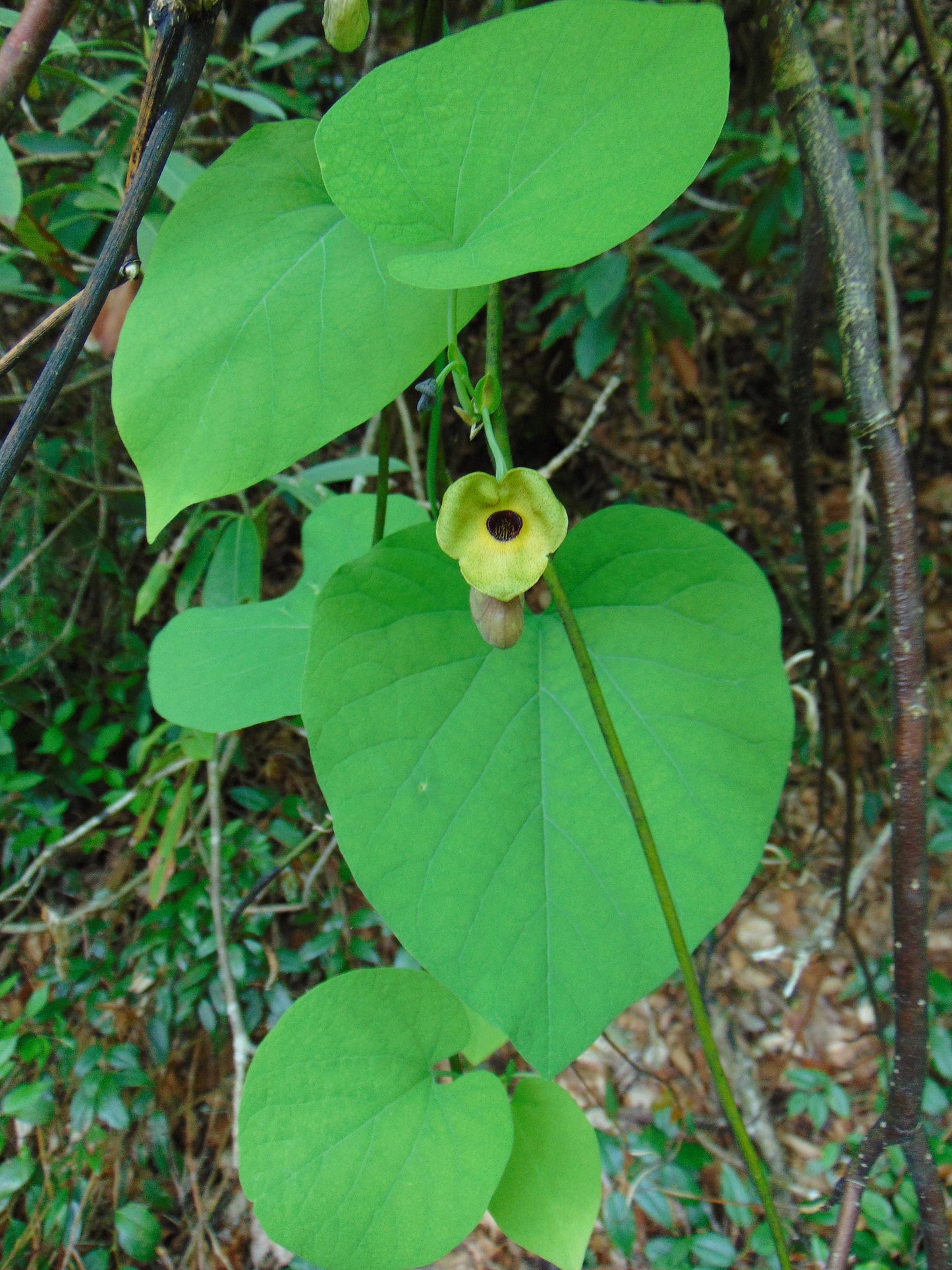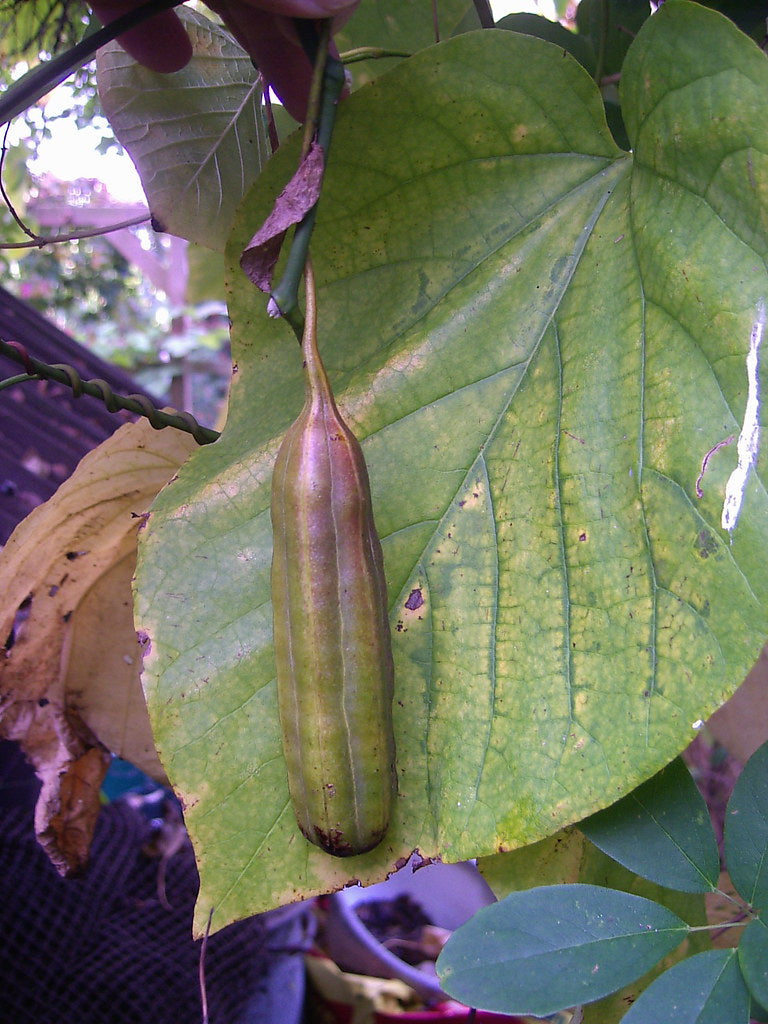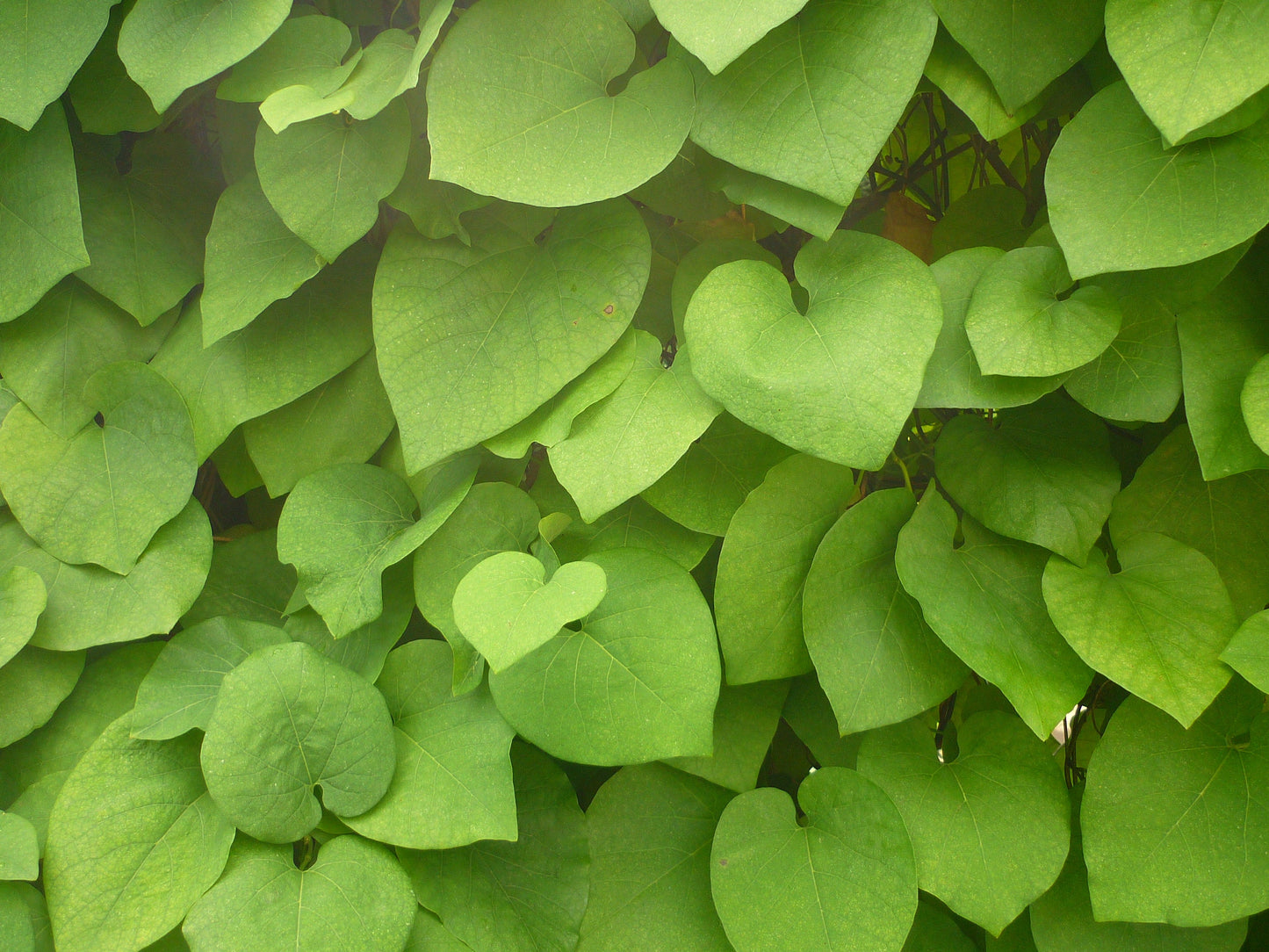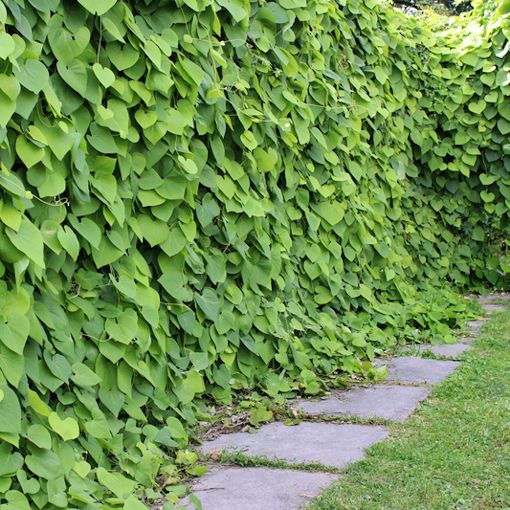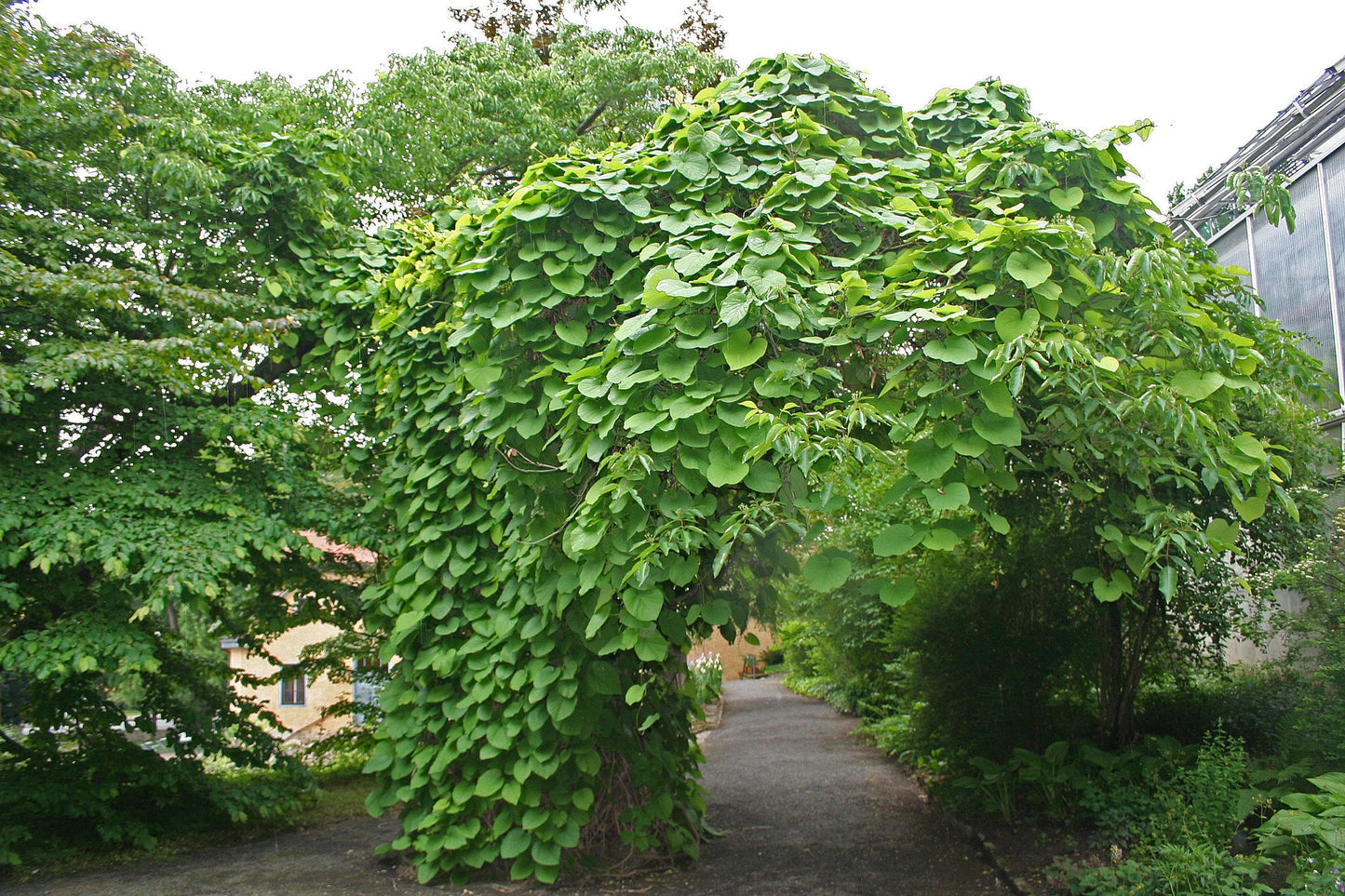Floridaseeds
Dutchman's Pipe Aristolochia macrophylla 20 Seeds
Dutchman's Pipe Aristolochia macrophylla 20 Seeds
Couldn't load pickup availability
The Dutchman’s Pipe is a woody vine that has very exotic and unusually-shaped flowers and lush, tropical appearing leaves. It is native to the eastern United States and grows in rich, moist forests and along streams. It is perfectly hardy and can grow outdoors as far north as New England and southern Canada. There are a number of other dutchman’s pipe species, but most of them are tender, tropical plants that grow wild in jungles and can only be cultivated in the north in a pot indoors. Leaves of the dutchman’s pipe are large, mid green and heart-shaped. They turn yellow in the autumn. The flowers are tubular, curved and look like small pipes. They appear on the stems in the spring. It is a host plant for the beautiful pipevine swallowtail butterfly, which has black wings with a dark blue iridescence. It belongs to the Aristolochiaceae family, which consists of about 400 species worldwide. Here are some key characteristics and features of Aristolochia durior:
Vine Structure: Dutchman's pipe is a vigorous, twining vine that can grow up to 20-30 feet (6-9 meters) in length. It has a climbing habit, often clinging to structures or other plants for support.
Leaves: The leaves of Aristolochia durior are large, heart-shaped, and dark green in color. They typically measure 4-10 inches (10-25 cm) in length and width, with prominent veins.
Flowers: The most distinctive feature of Aristolochia durior is its unique flowers, which resemble curved pipes or Dutch smoking pipes, hence the common name "Dutchman's pipe." The flowers are brownish-purple to maroon in color and have a peculiar odor that attracts pollinating insects.
Blooming Time: Dutchman's pipe blooms in late spring to early summer, usually from May to June in North America.
Ecological Role: As a vine, Aristolochia durior provides habitat and food for various insects and birds. It is particularly valued as a host plant for the caterpillars of the pipevine swallowtail butterfly (Battus philenor).
Cultural Significance: Due to its distinctive appearance and interesting flowers, Aristolochia durior is often cultivated in gardens as an ornamental plant. However, it's important to note that some species within the Aristolochia genus contain toxins, so caution should be exercised when handling or ingesting any part of the plant.
Habitat: Dutchman's pipe is typically found growing in moist, fertile soils in woodland edges, along streams, and in disturbed areas throughout its native range in eastern North America.
Propagation: This vine can be propagated through seeds or stem cuttings. It prefers well-drained soil and partial to full sun for optimal growth. Hardy in zones 4-8.
Materials
Materials
Shipping & Returns
Shipping & Returns
Dimensions
Dimensions
Care Instructions
Care Instructions
Share


